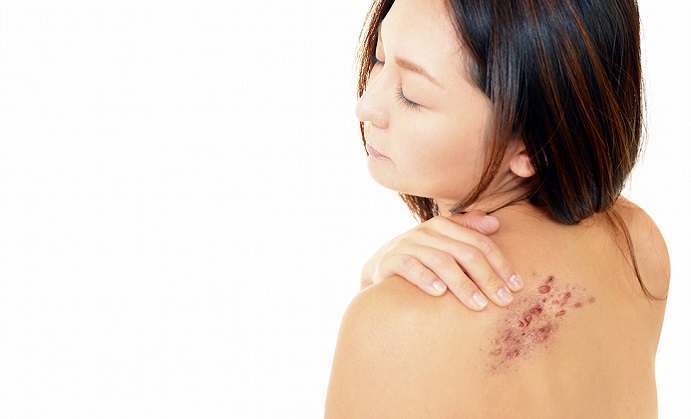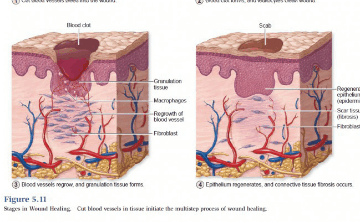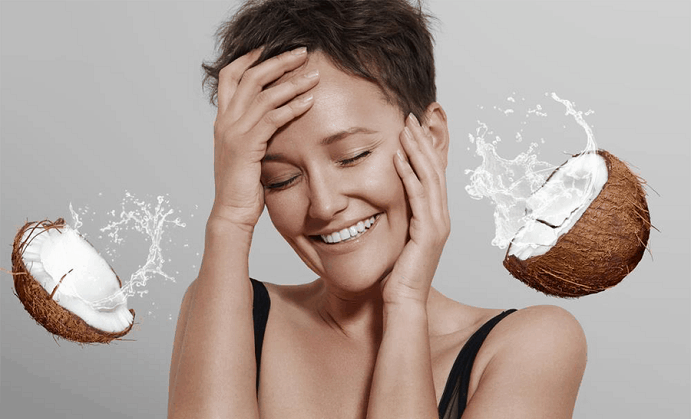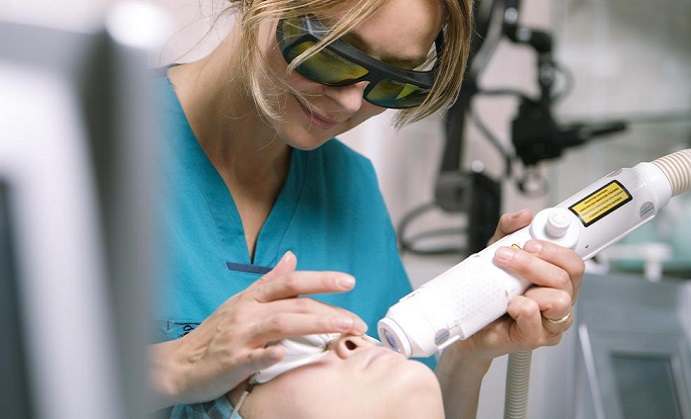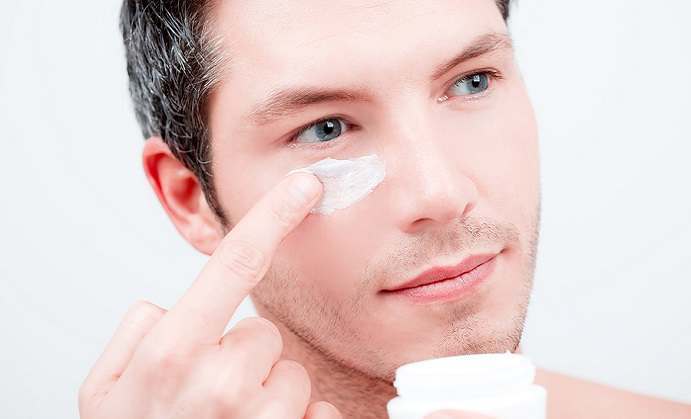No one likes the idea of scars on their skin. However, these unpleasant reminders of accidents, injuries or even diseases like chicken pox or small pox are not as evil as they seem. Scars indicate repairs of body tissue.
The body is a complicated “machine”. When an injury occurs, a unique type of protein called collagen is released. This protein begins a healing process on the injury by forming fibers and using them to close it up. At the initial stage of this healing process, the scab layer, which is crusty in nature, is formed. This serves to keep the wound from external infections and prevent air from getting in. Collagen is continuously formed until the scar finally appears. At this point, the scab falls off.
Factors that Influence Scarring
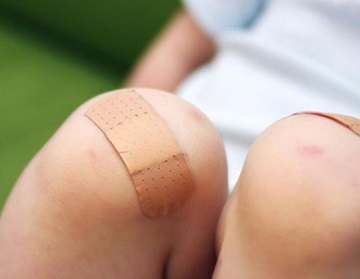 Age is a major factor in the body’s ability to heal injuries and form scars. Injuries are more common among children as they are more active than adults. For younger people with moist skin, the healing process is a lot quicker and the scars formed tend to be lighter and less noticeable. Factors of genetics, overall activeness of the concerned individual and injury location should also be taken into consideration. Race is also a factor in scar formation as Africans and Asians are more likely to have keloid scars. Scars along body parts that involve much movement, such as the knee or shoulder, which tend to “grow” bigger than the original injury because of motion of the joints in these areas.
Age is a major factor in the body’s ability to heal injuries and form scars. Injuries are more common among children as they are more active than adults. For younger people with moist skin, the healing process is a lot quicker and the scars formed tend to be lighter and less noticeable. Factors of genetics, overall activeness of the concerned individual and injury location should also be taken into consideration. Race is also a factor in scar formation as Africans and Asians are more likely to have keloid scars. Scars along body parts that involve much movement, such as the knee or shoulder, which tend to “grow” bigger than the original injury because of motion of the joints in these areas.
Taking Care of Scars
The best possible scenario that can be achieved for scars is fading or smoothness, as they are quite permanent in nature and cannot be completely removed. To this end, the use of ointments that permit skin moisture retention, and subsequent tissue regeneration is considered one of the best ways to take care of scars. More advanced methods may include surgery of some sort for severe scarring. It is important to state that the treatment of scars should begin immediately as they appear. Injuries should be kept clean in order to prevent infection. Scabs should not be picked, as this disrupts the complete formation of collagen.
Other Scar Treatment Options
For severe cases of scarring, surgery is a possible option. In many cases involving Hypertrophic scars, injections of steroids are suggested.
 These injections reduce redness and inflammation and a corticosteroid to reduce itching. Scars can also be frozen using a nitrous oxide probe. For acne treatments, a special instrument with a rough surface is used to remove the skin’s top layer in a treatment process known as Dermabrasion. Other forms of treatment serve to reduce the appearance of certain types of scars or attempt to ensure moisture is retained in the area of scarring. Natural options involving the use of Aloe Vera, Vitamin E, and Cocoa Butter are some of the home treatment alternatives that should be considered in the treatment of scars.
These injections reduce redness and inflammation and a corticosteroid to reduce itching. Scars can also be frozen using a nitrous oxide probe. For acne treatments, a special instrument with a rough surface is used to remove the skin’s top layer in a treatment process known as Dermabrasion. Other forms of treatment serve to reduce the appearance of certain types of scars or attempt to ensure moisture is retained in the area of scarring. Natural options involving the use of Aloe Vera, Vitamin E, and Cocoa Butter are some of the home treatment alternatives that should be considered in the treatment of scars.
It is not advisable to start treatment on scars when an injury or wound has not yet completely healed. Time is an important factor to consider in the treatment of any form of scar.
Do you want to find an effective Scar Repair treatment? Check out our top rated Scar Repair products


